Columnist Joseph Sabino Mistick’s Feb. 22 op-ed in the Tribune Review, “Progressivism killing the party, city,” spins a false narrative. After misattributing a Mark Twain quote to now deceased former County Executive Jim Roddey, Mistick misdiagnoses underlying issues at a contentious Feb. 17 Greenfield community meeting. His takeaway: Greenfield is part of a nationwide backlash against progressivism because moderate resident voices are being shut out.
Mistick quoted Greenfield resident Joe Pegher saying, “There’s a growing tension between the longtime moderate Democrats in the neighborhood and the new progressives. They were welcomed here but have not returned the kindness.” The “moderate Democrats,” who enjoyed years of dominance in neighborhood affairs as members of Greenfield Community Association‘s (GCA’s) board of directors, were neither welcoming nor kind when other Greenfielders asked for help with serious concerns.
Case in point: After the Mon-Oakland Connector project was announced in 2015 to erase Greenfield’s Four Mile Run community and make way for university expansion, the “moderate Democrats” aligned with that back-door deal made up of Oakland universities, private developers, and the Peduto administration. During our six-and-a-half-year opposition to the private roadway, “moderates” did much worse than sit on their hands.
As a member of the GCA’s Development/Transportation committee, I pressed the group to represent all Greenfielders, including Run residents. Then-co-chair Mr. Pegher memorably said, “The GCA does not represent the residents of Greenfield.” When asked who it represents, he refused to answer. After losing his role as co-chair, he stopped attending meetings. As more progressive members were elected to the board and became the majority, Mr. Pegher resigned as board president.
At the Feb. 17 meeting, a group of grievance-filled residents (and non-residents) showed up as an angry mob and proceeded to shriek at public servants, shout down answers to their accusations barely disguised as questions, disparage poorer neighbors, and push for removing newly installed traffic-calming infrastructure.
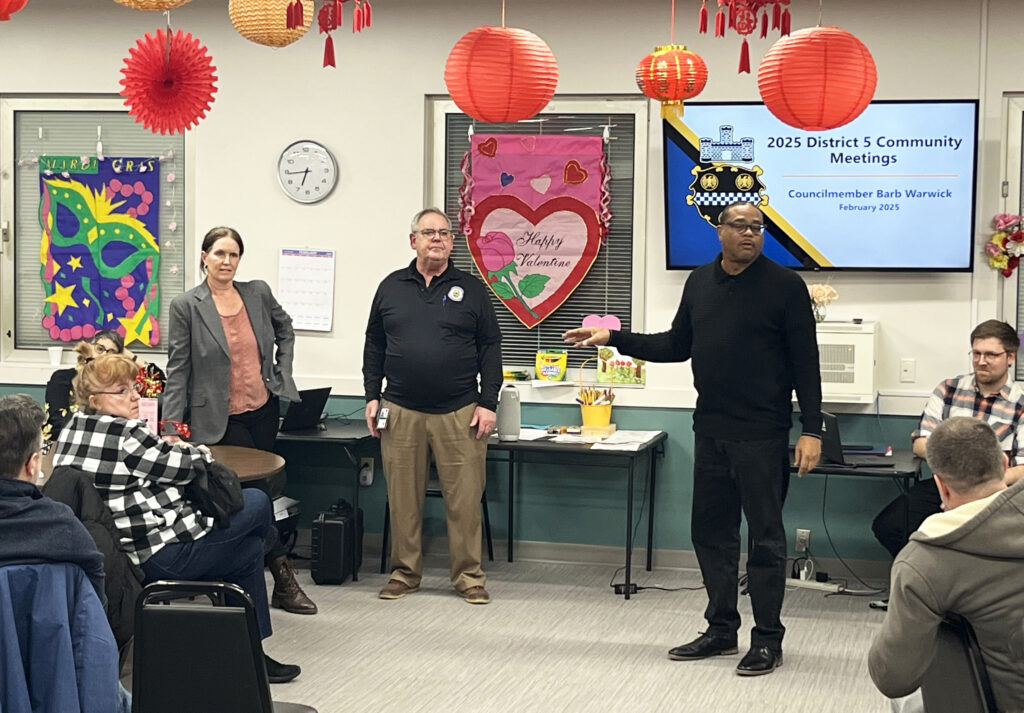
Some of their concerns and criticisms are valid. Clearly there is room for improvement regarding city services, and more adjustments should be made to the Ronald Street/Greenfield Avenue intersection. But the group’s behavior was churlish and abusive. Had they bothered to remain for the presentation on District 5 improvements, they would have gotten updates on significant progress. Instead, they chose to hijack the first hour and then abruptly leave.
These days, too many use their voice to scream demands while employing uber-aggressive bullying tactics as a means to return to their romanticized past—to what they believe is their community, their country. Newer Greenfield residents are now being treated with disdain, contempt, and as outsiders. Recent online community message-board posts describe neighbors being harassed for speaking Spanish at the Greenfield Giant Eagle.
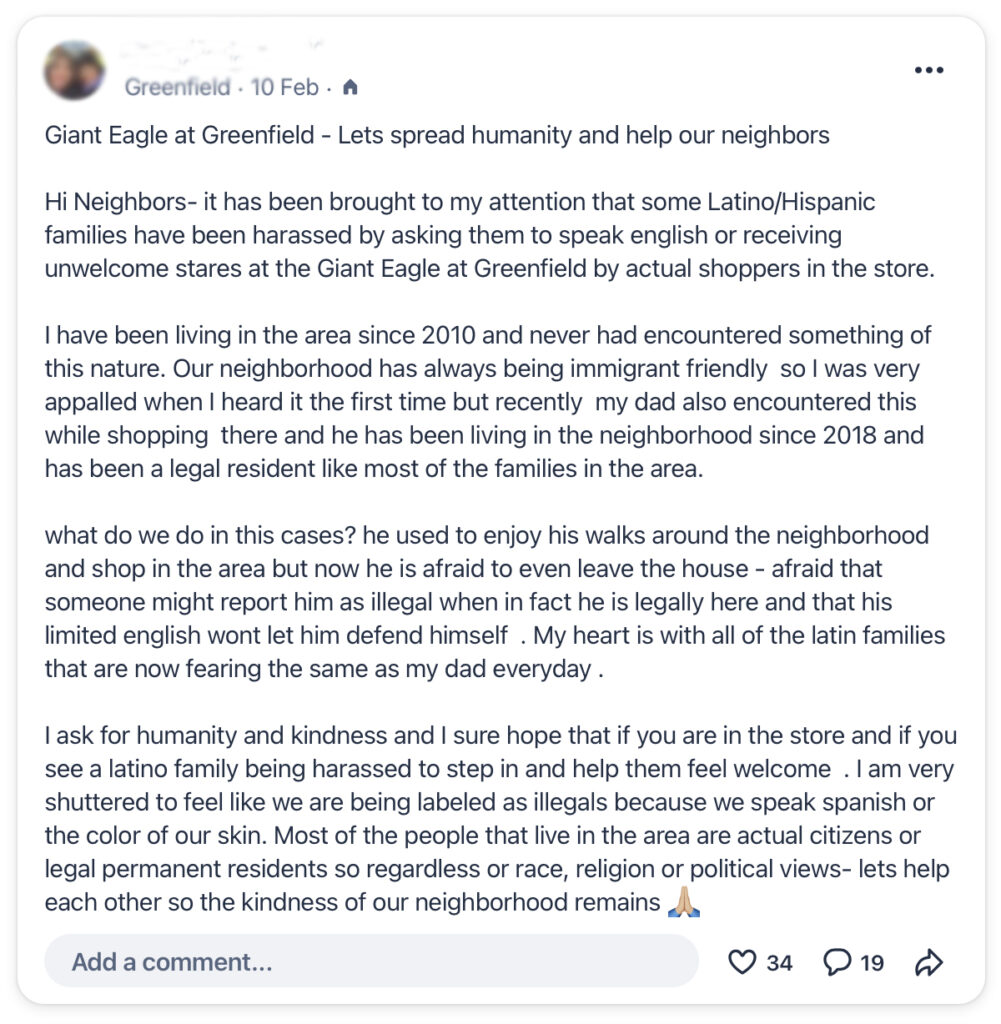
Progressivism brought about democracy, freedom of speech and assembly, freedom of the press, women’s and minorities’ right to vote, the right to form or join a union, and much more. The root word of “progressivism” is “progress,” once described by Immanuel Kant as a movement away from barbarism toward civilization. If progressive values and accomplishments are so bad and wrong, what do more “moderate” voices intend to replace them with?
As a Greenfielder who lives in the house I grew up in, whose family history here stretches back to the late 1800s, I don’t believe my voice counts more than others’—regardless of when they moved into the neighborhood or where they’re from. And I want all my neighbors to live a good life, regardless of their level of emotional maturity and prejudices. But it seems a minority faction would rather employ authoritarian tactics to claw back their perceived entitlement to sovereign authority.
Those who are truly committed to community find a way to peacefully reach consensus. As President John F. Kennedy said, “If we cannot now end our differences, at least we can help make the world safe for diversity.”
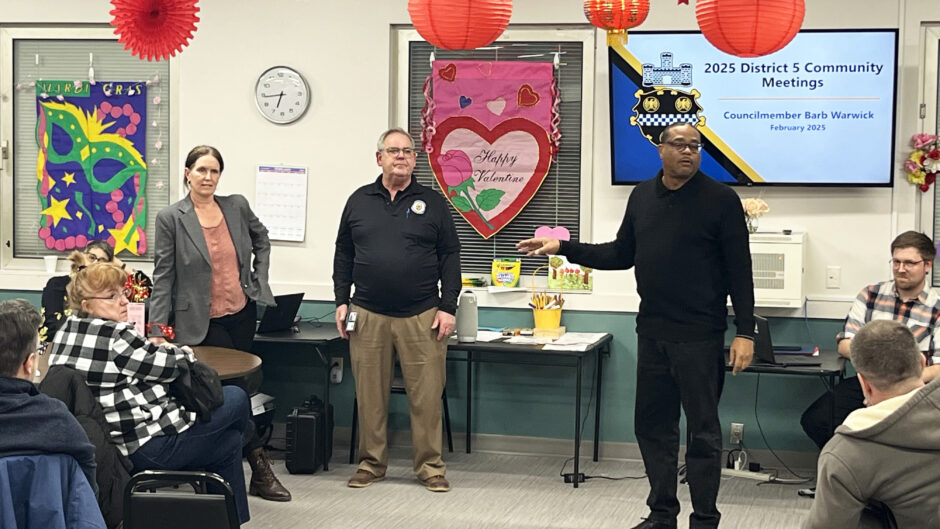
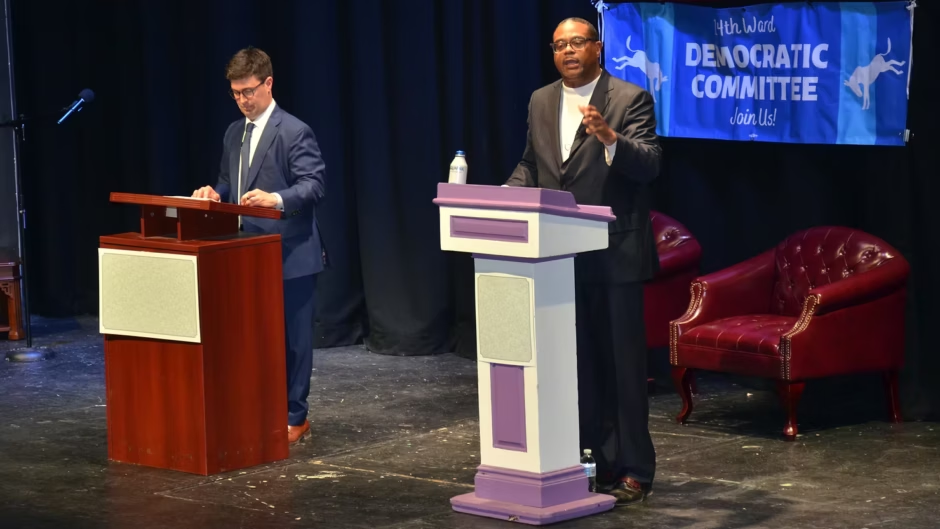
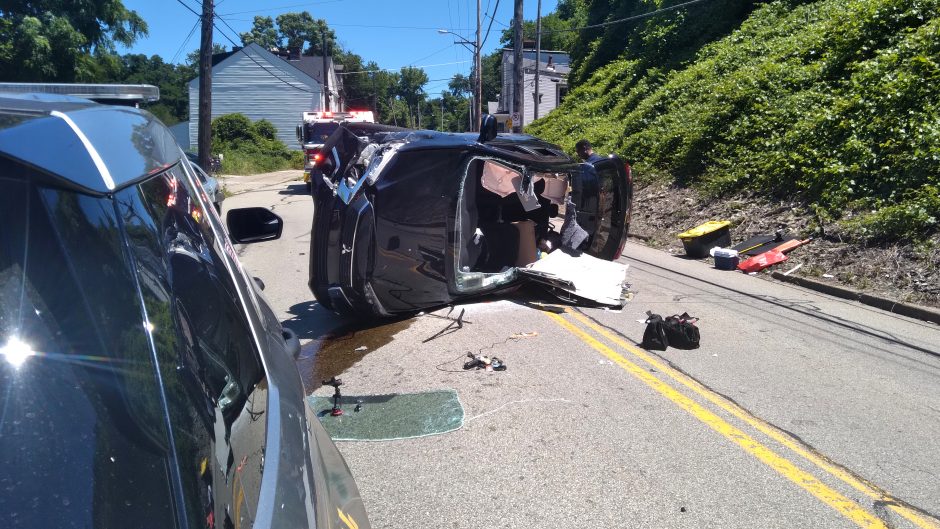
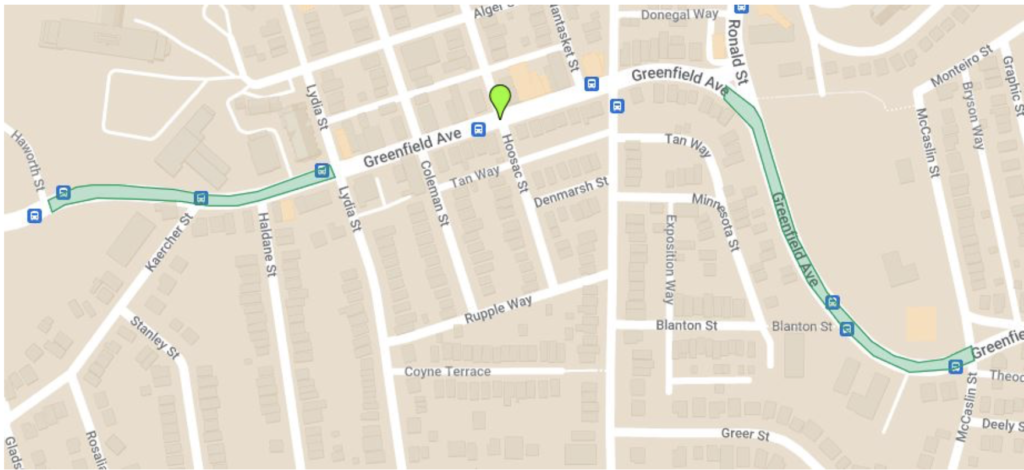
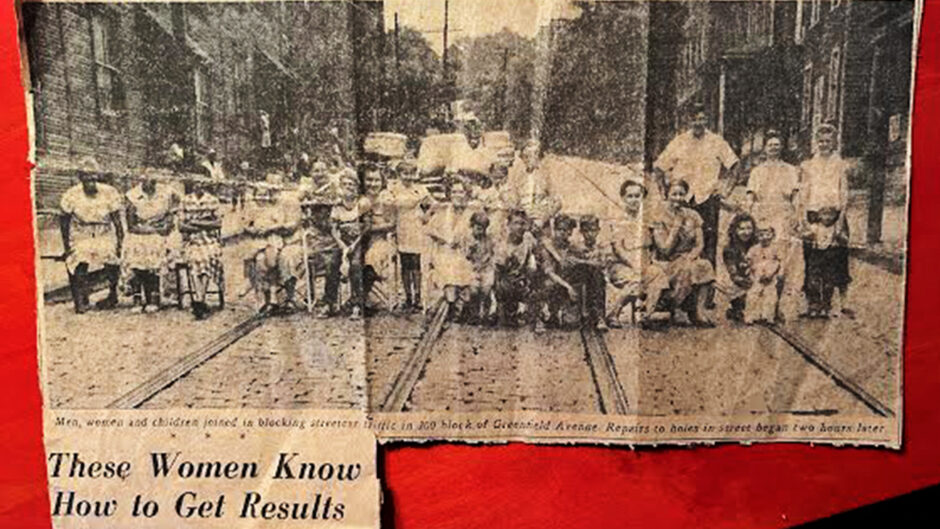
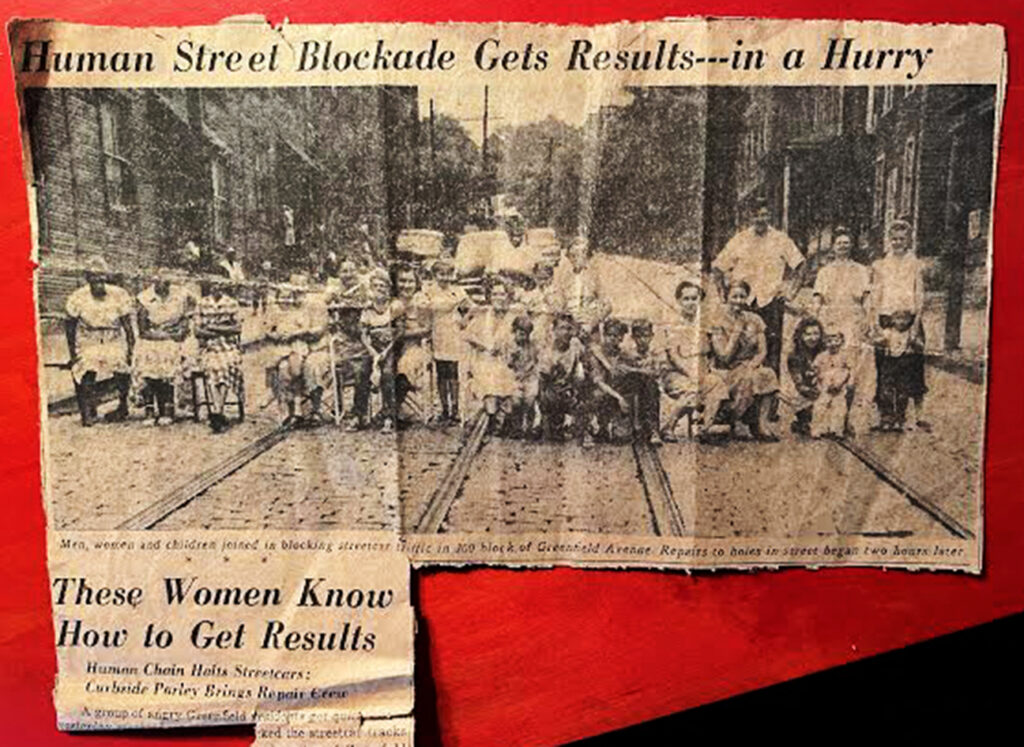
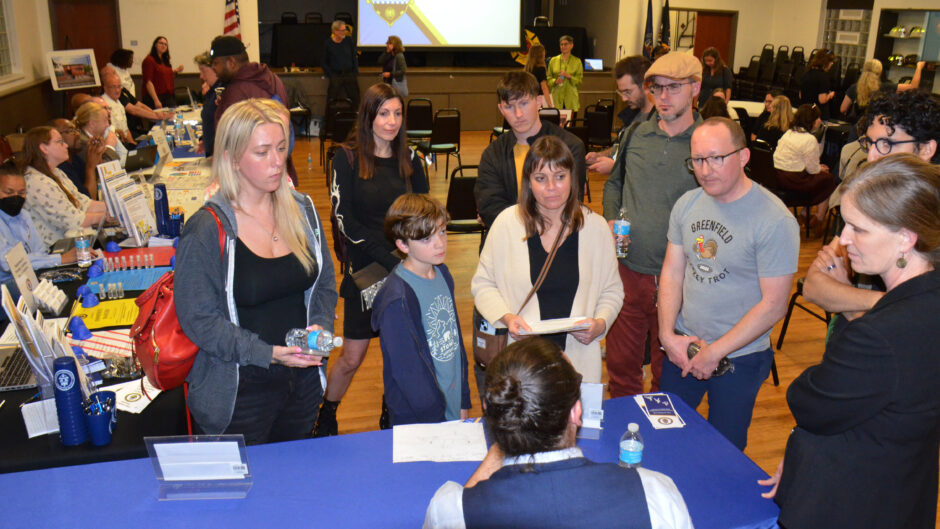
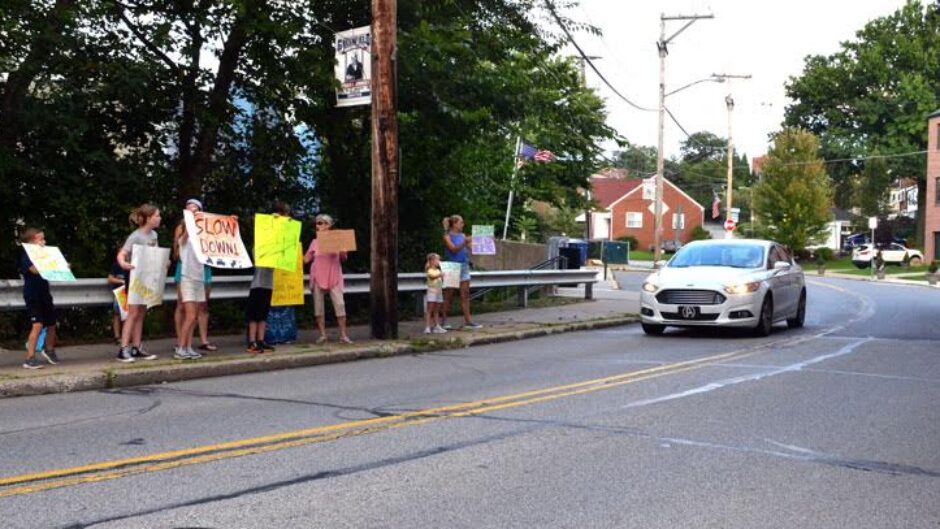


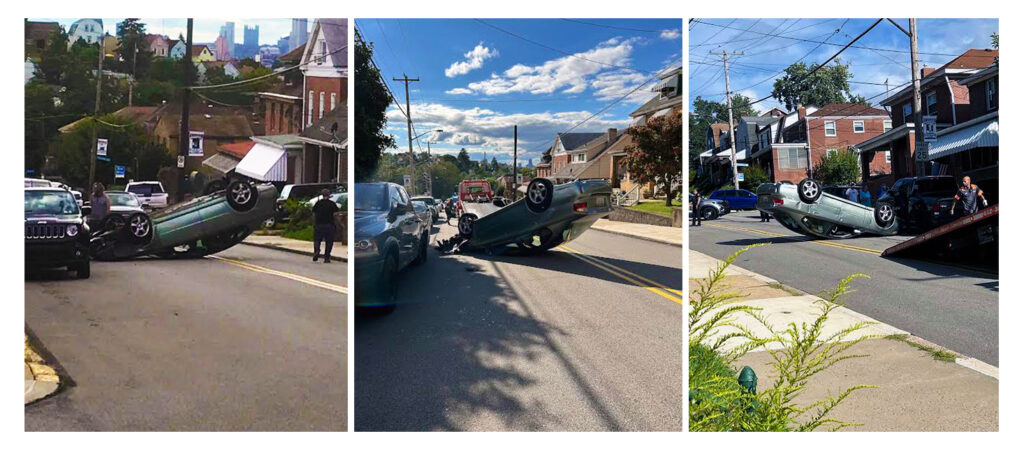
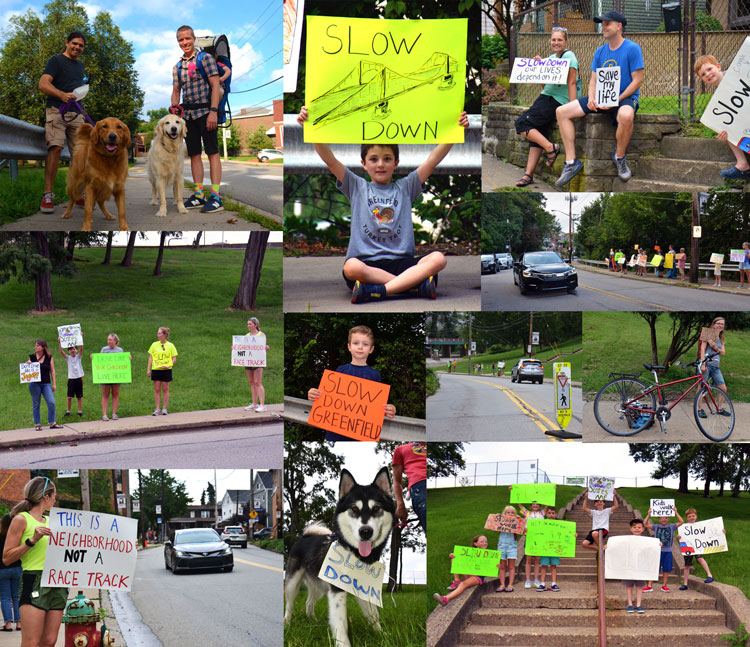
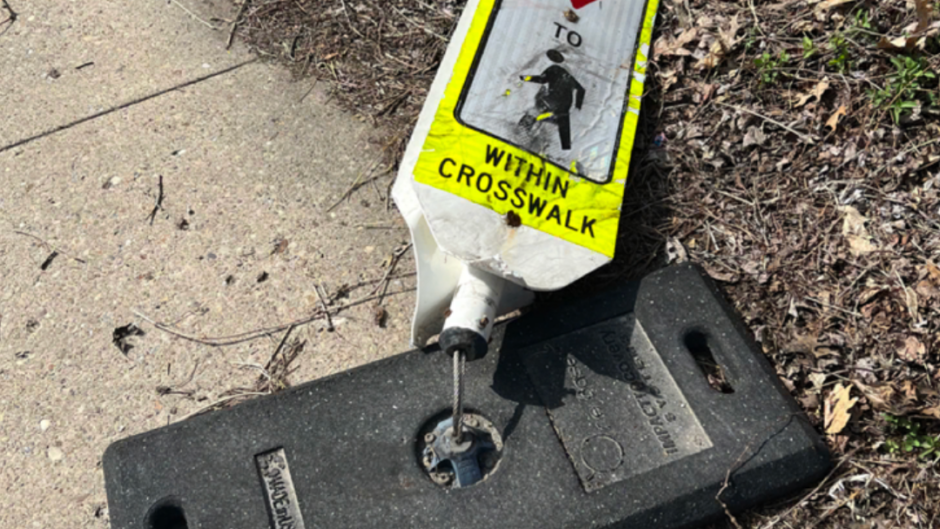

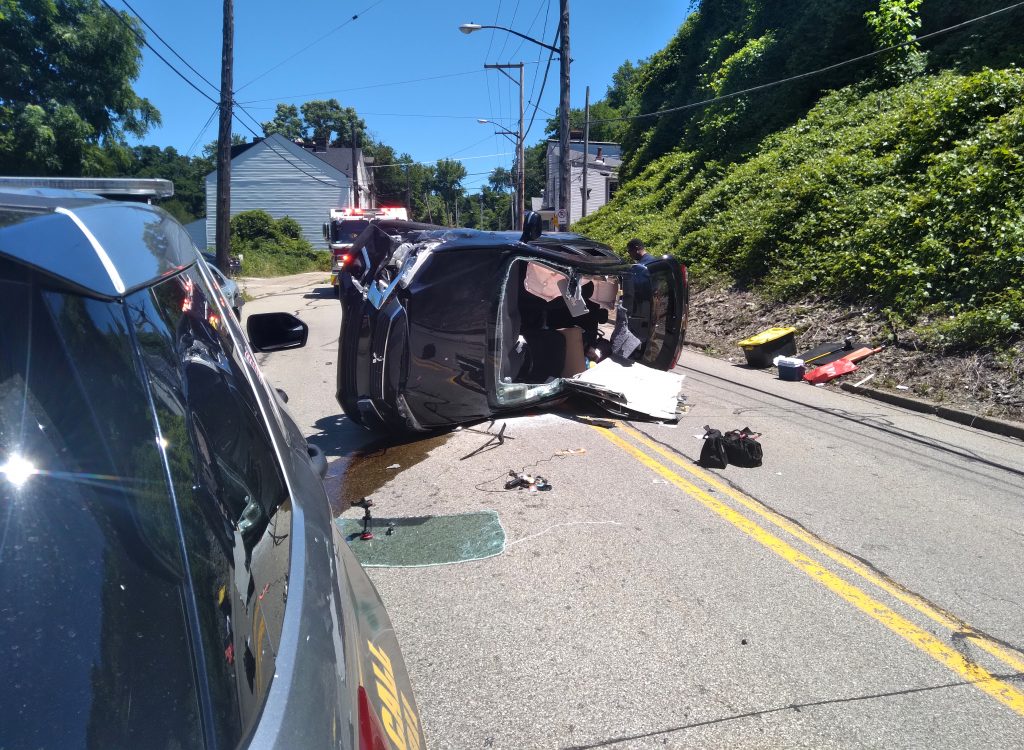
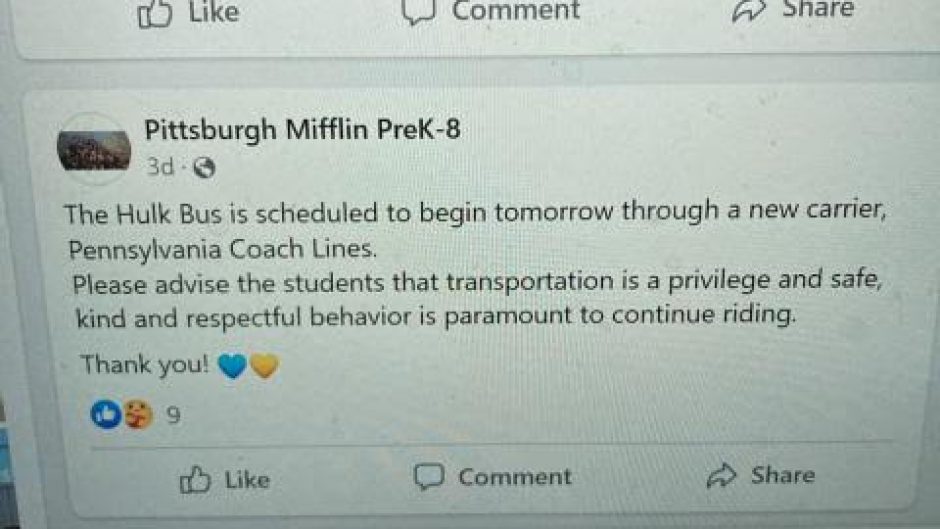
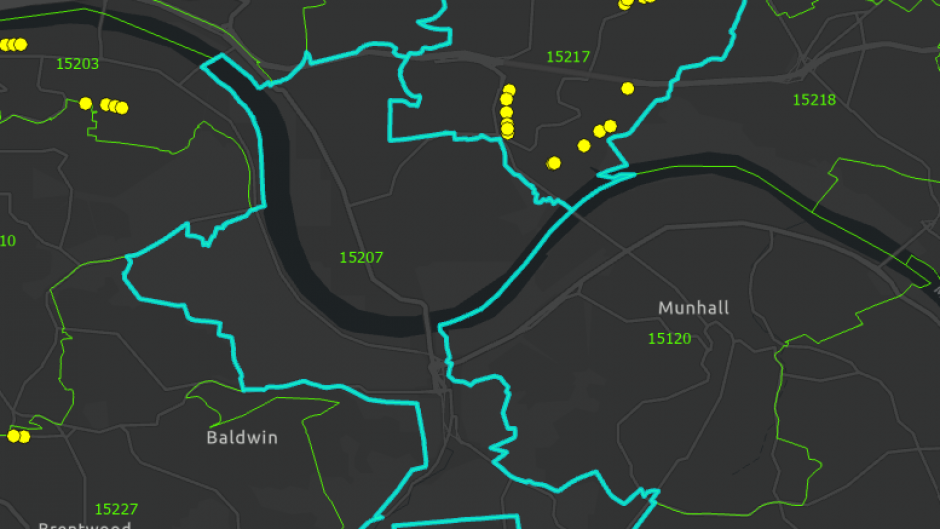
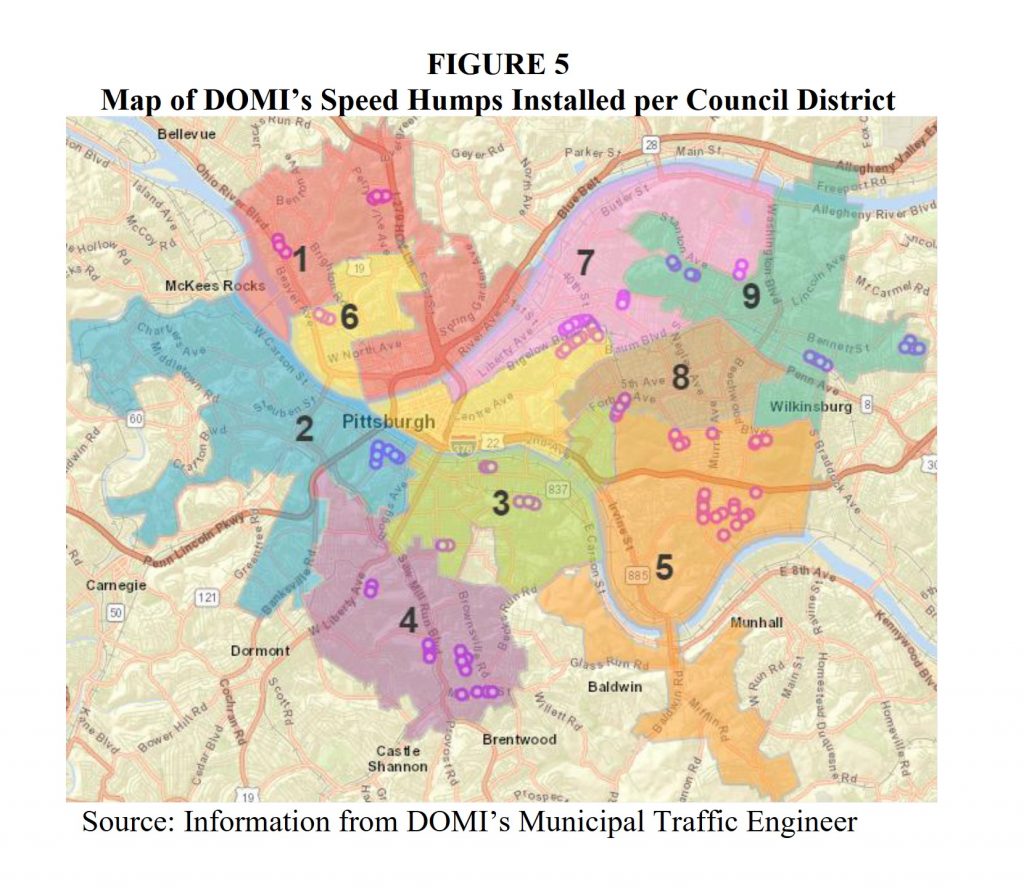

Recent Comments